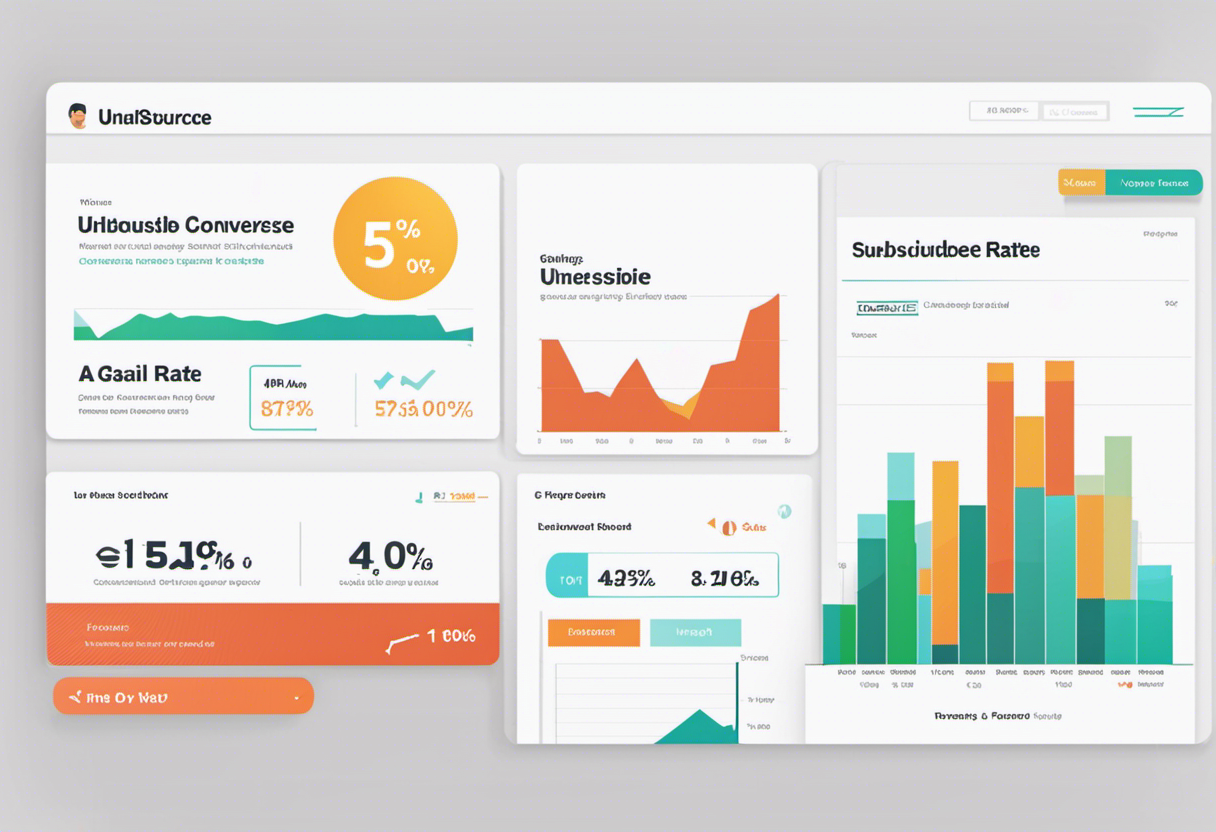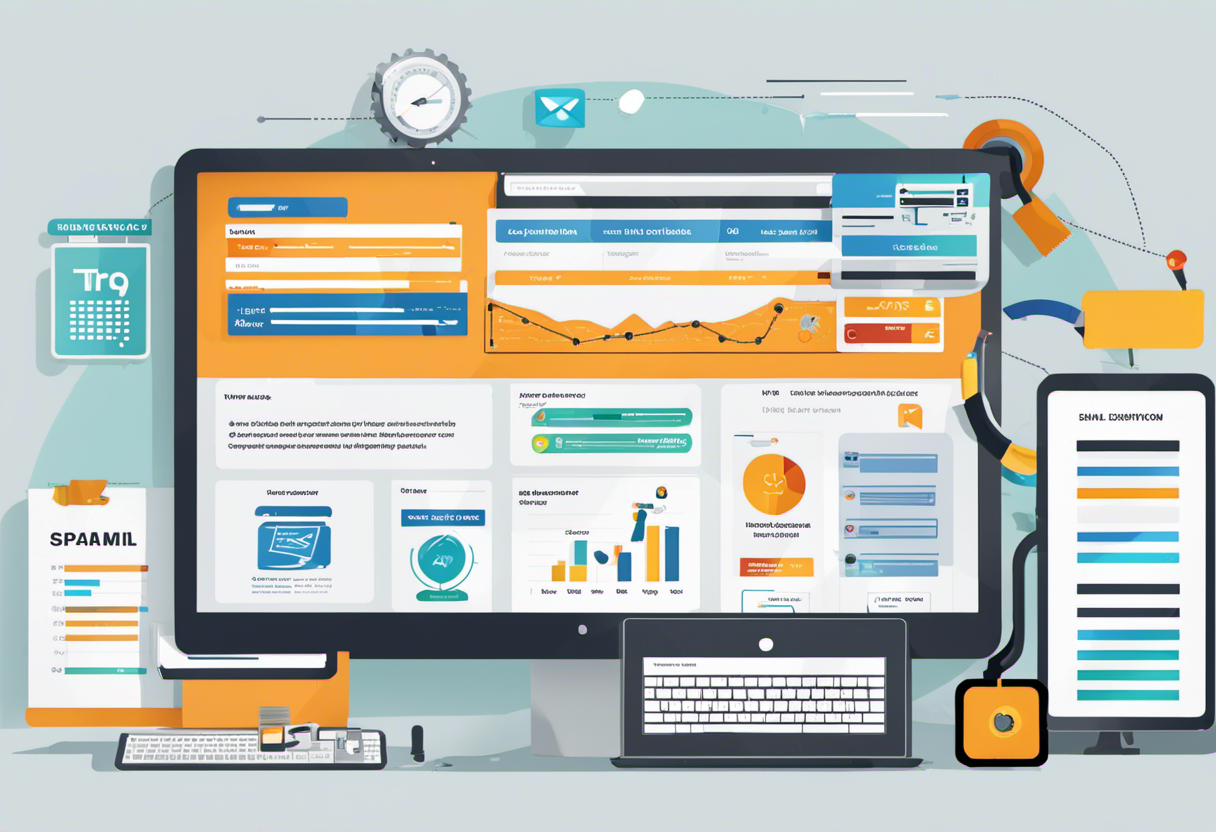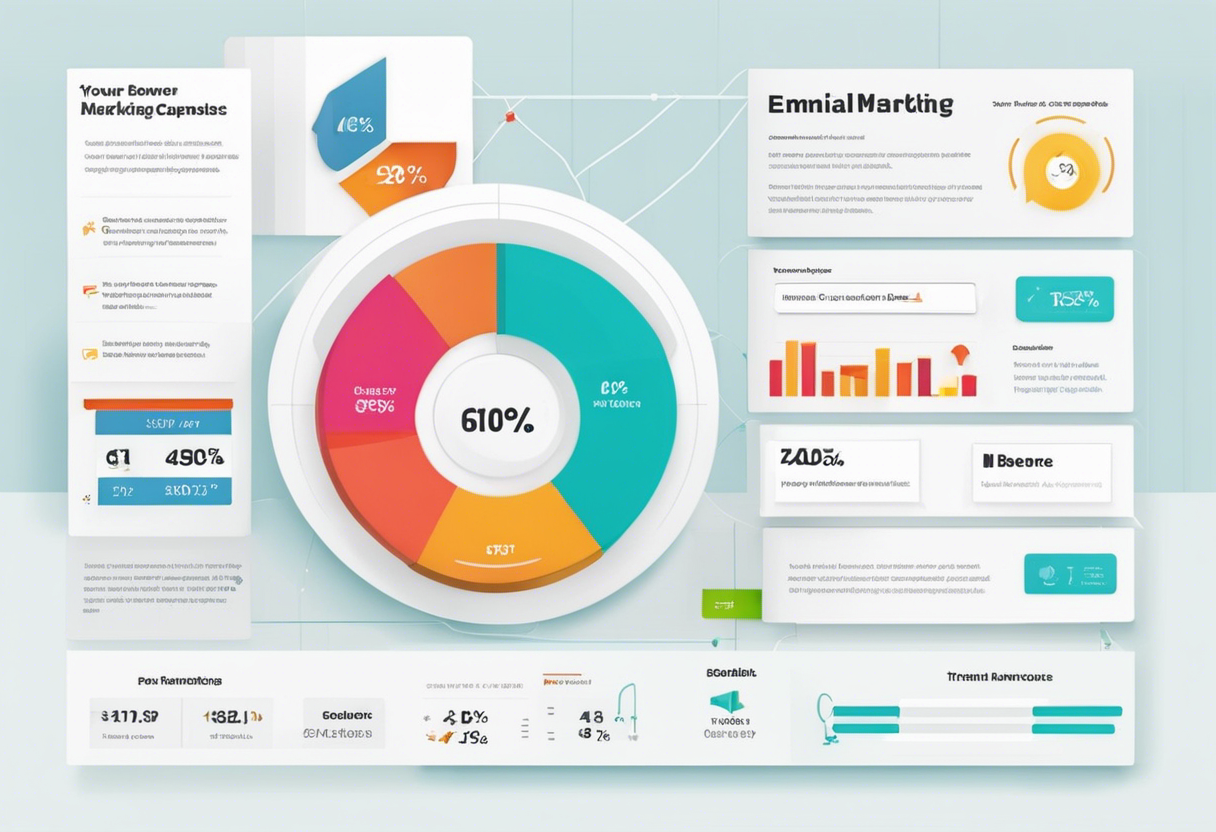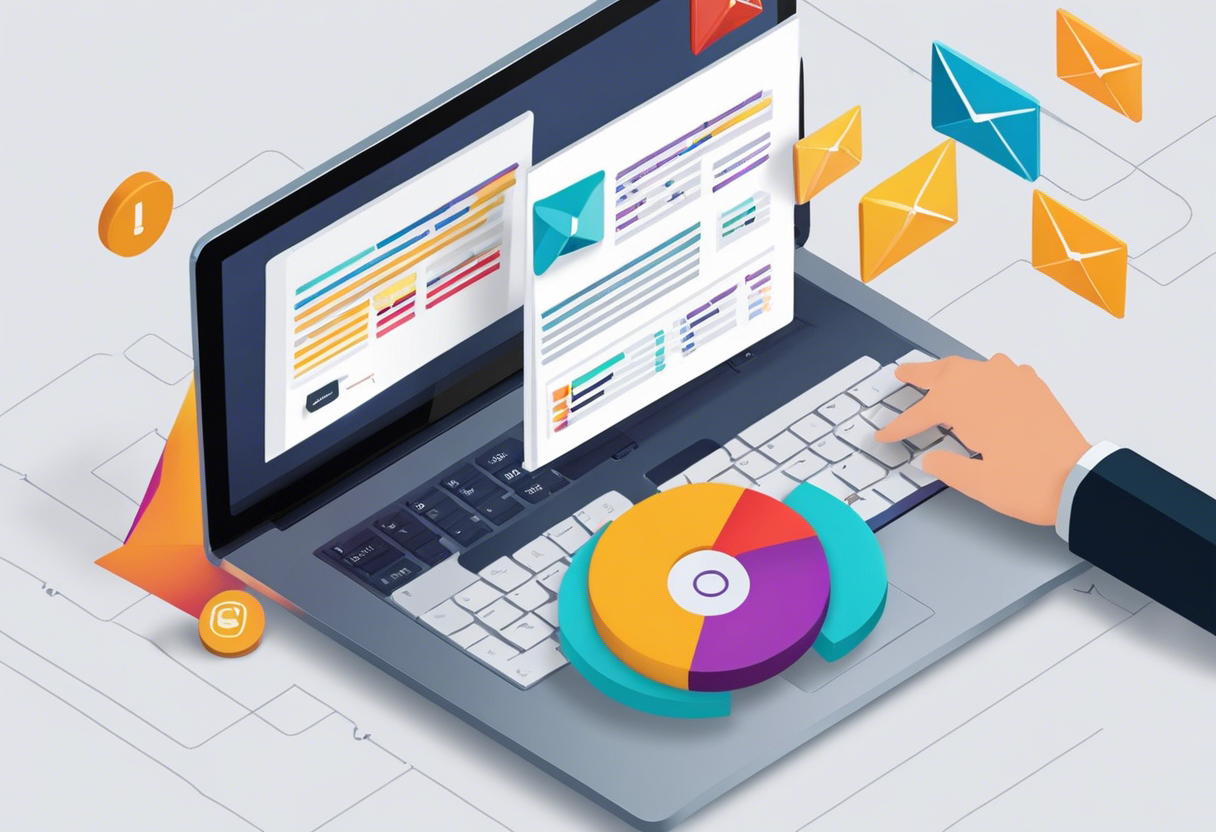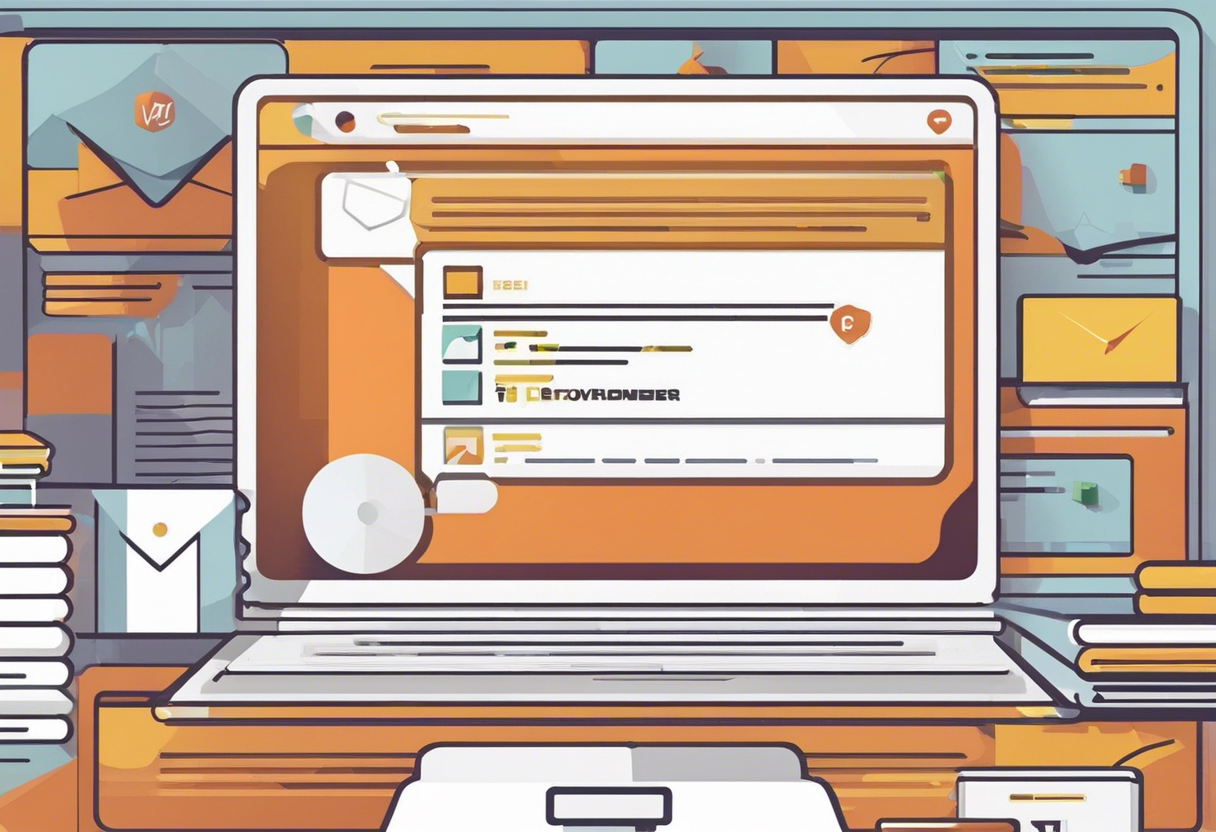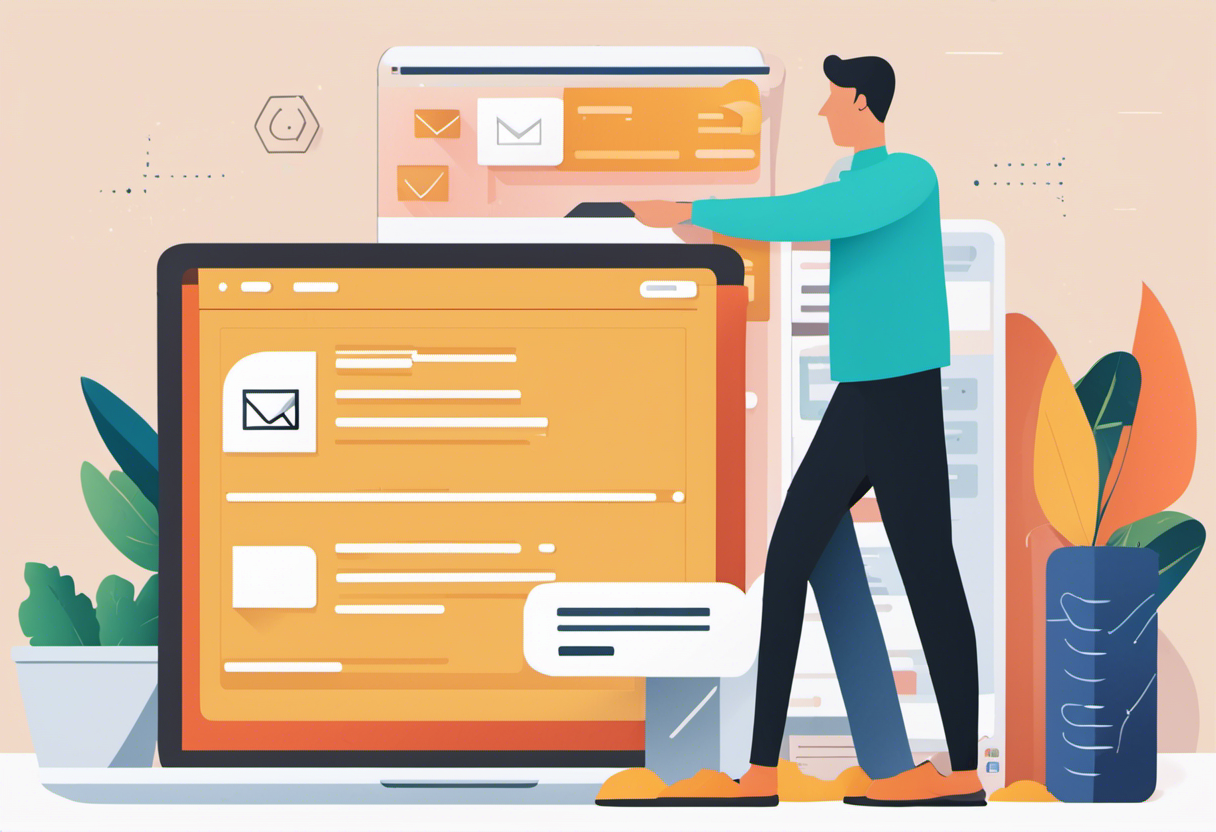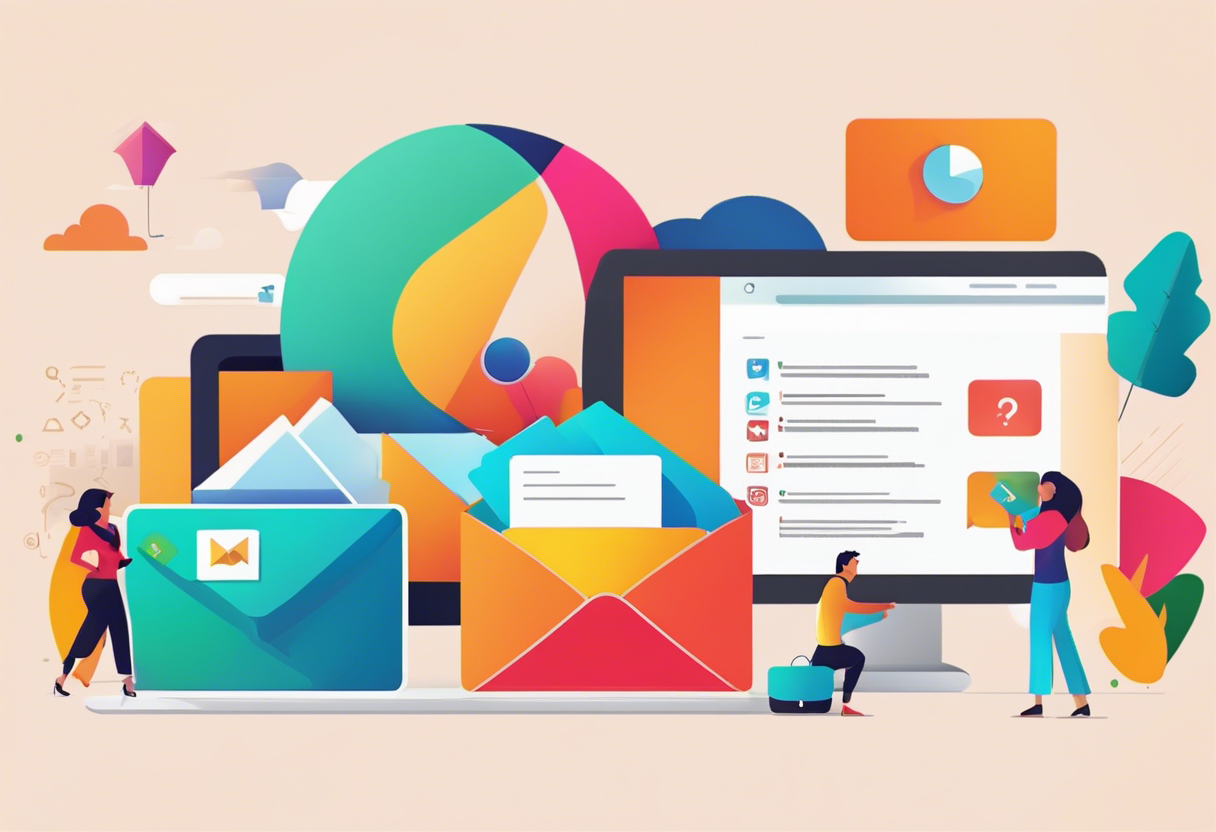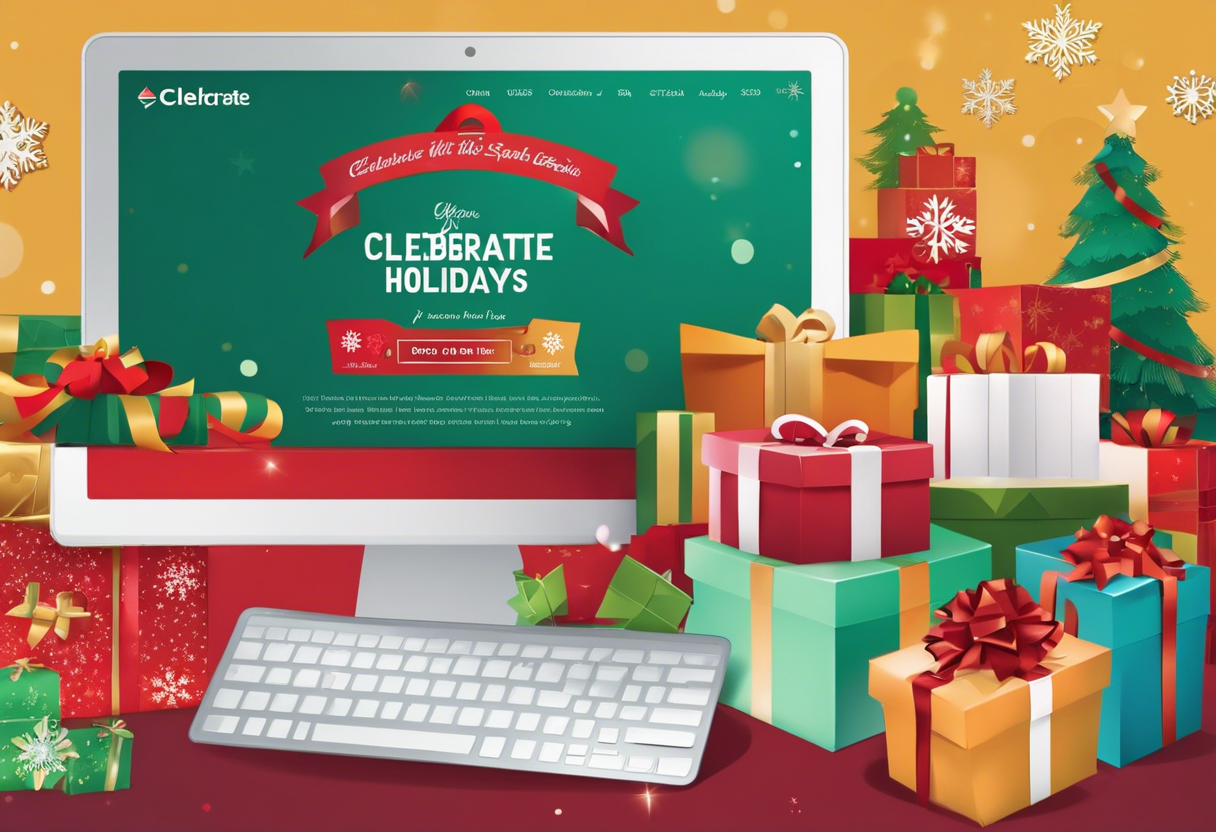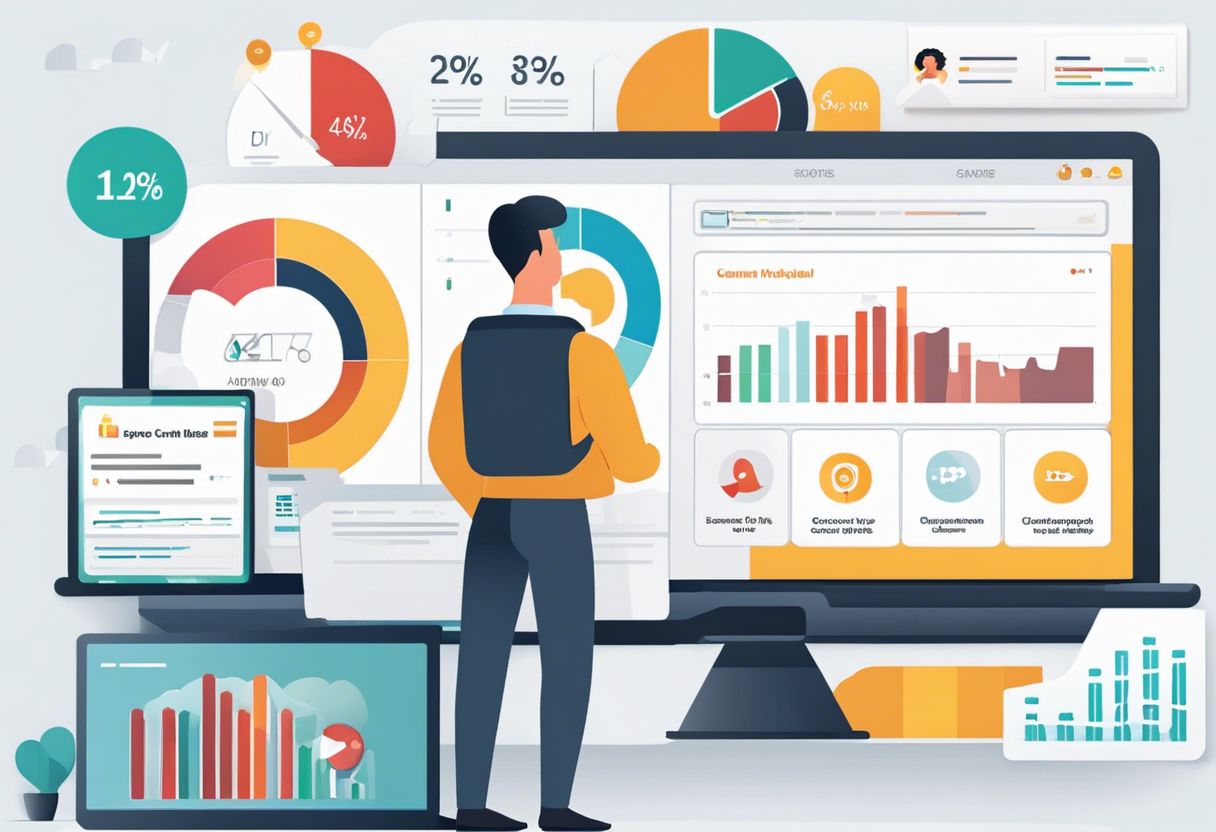
Stop Sending Spam- Why Segmentation is the Future of Email Marketing
- USpeedo
- 20 Nov, 2023
Benefits of Targeted Email Marketing
Targeted email marketing that delivers personalized and relevant content to specific subscriber segments provides multiple benefits compared to untargeted, generic email blasts.
Increased Engagement
Sending emails tailored to match the interests, needs, and preferences of subscribers leads to higher open rates, increased click-through rates, and more conversions and sales. Subscribers are more likely to open and engage with emails that provide information they want and value. Personalized subject lines also boost open rates by catching the reader's attention.
Improved Customer Satisfaction
Customers feel valued when a brand sends content specifically catered to their passions and needs. This level of personalization enhances the customer experience and strengthens loyalty to the brand. By making subscribers feel recognized as individuals, targeted email campaigns improve subscriber satisfaction and advocacy for the brand.
Enhanced Deliverability
Emails with dynamic content tailored to the subscriber's preferences are more likely to be opened and engaged with. Higher open and click-through rates signal to email providers that the content is valuable. This improves deliverability, increasing the chance that emails reach the intended recipient's inbox rather than getting marked as spam.
Higher ROI
Sending the right content to receptive subscriber segments maximizes conversions, sales, and return on investment from email campaigns. Customers are more likely to purchase when presented with relevant product recommendations. The time and effort to understand audiences and create targeted emails pays off with higher ROI.
Segmentation Criteria
To effectively target your email campaigns, you need to segment your subscribers based on various attributes and behavioral data. Here are some of the key ways to slice your email list:
Demographics
Segment your list based on demographic factors like:
- Age
- Gender
- Location
- Income level
This allows you to tailor messaging and offers based on demographic groups. For example, creating content and deals relevant to young professionals versus retirees.
Behavioral Data
Analyze subscriber behaviors like:
- Past purchases
- Product browsing history
- Engagement with previous email campaigns
- Shopping cart abandonment
Then you can craft targeted emails based on their interests and behaviors. For instance, send reminders to people who left items in their carts or recommendations based on past purchases.
Lifecycle Stage
Divide subscribers into groups like:
- New leads
- Active customers
- Inactive or lapsed customers
Lifecycle stage indicates what types of emails and offers would be most relevant. For example, onboarding new subscribers versus re-engaging inactive ones.
Preferences and Interests
Allow subscribers to specify their preferences and interests when signing up. Then segment them based on:
- Categories they are interested in
- Topics they want to receive updates on
- Their stated preferences
This enables ultra-targeted content tailored to individual passions and goals.
Segmenting your list based on demographics, behaviors, lifecycle stage, and preferences is key for personalized, relevant email campaigns. This drives higher engagement, satisfaction, and conversions from your subscribers.
Creating Relevant Content
When it comes to creating content that resonates with subscribers, the key is relevance. Email marketers have several techniques at their disposal to make content more personalized and tailored to specific segments:
Personalized Subject Lines and Greetings
Using merge tags to include the subscriber's first name in the subject line and opening greeting is an easy way to make an email feel more personalized. Getting emails that address you by name feels more special and less generic, increasing open rates.
Tailored Content
Email content should be tailored to match the interests, needs, and pain points of each subscriber segment. For example, content sent to new leads could focus on introducing the brand and products. For existing customers, content could cover new features, special promotions, or industry trends.
Dynamic Content
While creating individual emails for every subscriber is impractical, marketers can use a single template injected with dynamic content tailored to each recipient. This allows for mass personalization without intensive manual work.
Relevant Product Recommendations
Product recommendations should also be based on the customer's browsing history, past purchases, and expressed interests. This allows emails to showcase products the subscriber is most likely to engage with. Just like an online store uses past behaviors to recommend relevant products, email marketers can leverage data to curate suggestions.
Automated Workflows
Email marketing automation provides the opportunity to create personalized experiences at scale. By setting up automated workflows triggered by specific user actions, marketers can send highly relevant messages tailored to each subscriber's needs. Some key automated workflows to implement include:
Welcome Series
- Setting up a sequence of 3-5 emails that are automatically sent over the days or weeks after a new subscriber signs up.
- Allows you to properly introduce new contacts to your brand, products, and services.
- Should nurture subscribers, provide valuable content, and encourage engagement.
Birthday/Anniversary Emails
- Personalized emails sent on the subscriber's birthday or sign-up anniversary with the brand.
- Makes the subscriber feel recognized and valued.
- Often include an exclusive promotional offer as a gift.
Re-engagement Campaigns
- Emails targeting subscribers who have been dormant and not engaged with recent emails.
- Attempt to bring them back into the fold with content and offers tailored to their interests.
- Important for reducing subscriber churn.
Automation allows for timely, relevant, and consistent communication at scale while nurturing personalized relationships. Workflows based on key subscriber actions help turn cold leads into loyal customers.
Testing and Optimization
To ensure email campaigns are effectively reaching their target audiences, marketers need to continuously test, analyze, and refine their segmentation and personalization strategies. There are several key methods for optimizing email marketing through testing and data analysis:
A/B Testing
A/B testing involves sending different versions of an email to smaller groups and comparing metrics like open rates and clickthroughs. This reveals which email elements like subject lines, content layouts, calls-to-action etc. resonate best with each subscriber segment. Marketers can then optimize emails based on test results.
Monitoring Metrics
Careful monitoring of email metrics like open rates, click-through rates, link clicks, and conversions provides insight into subscriber engagement and campaign performance. Tracking metrics over time for each segment reveals opportunities to tailor content and improve results.
Survey Feedback
Surveys asking subscribers about their preferences, interests, and satisfaction with email content are invaluable. This direct feedback helps further refine segmentation and personalization for each group.
Iterative Improvements
With ongoing testing, metric monitoring, and subscriber surveys, marketers gain the insights needed to iteratively improve email targeting and content. Refining segmentation, personalization, and workflows based on data leads to progressively better subscriber alignment and engagement over time.
Challenges to Implementing Effective Email Segmentation
While targeted segmentation provides numerous benefits for email marketing, it also involves challenges that brands need to address:
Data Collection
- Collecting sufficient customer data for segmentation can be difficult, especially for smaller businesses with limited resources. Important data like demographics, purchase history, interests, and preferences may not be readily available.
- Building a database with enough relevant customer information takes a significant, ongoing effort. Processes and tools need to be implemented across the business to capture data at every customer touchpoint.
- Privacy regulations can also limit data collection and usage for segmentation. Brands need robust data governance policies to ensure compliance.
Resource Requirements
- Effective segmentation and personalized content requires dedicated staff, technology, and budget. Small teams may struggle with the workload.
- Marketing automation tools, analytical software, skilled staff, and creative resources are essential to operationalize segmentation at scale. The costs need to be accounted for.
- Ongoing training and skill-building is important as segmentation strategies evolve. Dedicated personnel and training budgets are key.
Ongoing Maintenance
- Segments and content need to be continuously maintained as new data comes in. This demands significant effort to keep everything updated.
- As customers evolve, their assigned segments may change. Workflows are needed to automatically update segment assignments and trigger relevant campaigns.
- Testing and iteration cannot be a one-time effort. Brands must constantly experiment with segments, content, and campaigns to optimize performance.
While not insurmountable, these challenges require planning, resources, and commitment to tackle. But the payoff can be immense in the form of standout customer experiences and marketing performance.
Best Practices for Effective Email Segmentation
Successfully implementing email segmentation requires following several best practices:
-
Set Clear Goals: Be precise about the objectives you want to achieve with segmentation. Is it to increase sales, re-engage inactive subscribers, or build loyalty? Defining goals guides segmentation and personalization efforts.
-
Collect Quality Data: Robust first-party data is essential for meaningful segmentation. Useful data includes demographics, past interactions, purchase history, and interests. Surveys and feedback forms also provide insights into subscriber preferences.
-
Map the Subscriber Journey: Analyze how segments interact with your brand across their lifecycle. Tailor emails and offers based on their stage - new subscriber, repeat customer, inactive user.
-
Test and Iterate: Continuously test email components like subject lines, content, and designs. Evaluate performance metrics to identify what resonates best with each segment. Refine approaches accordingly.
-
Personalize Intelligently: Balance personalization and automation. Use dynamic content and personalized elements like name, location or interests. But also maintain brand voice and tone.
Segmenting without a strategy yields poor results. Defining clear goals, collecting relevant data, understanding user journeys, constant testing, and thoughtful personalization lead to impactful, engaging emails.
Final Words
Targeted email marketing through careful audience segmentation, personalized content and automated workflows has been shown to significantly improve campaign performance. The importance of truly understanding your audience and adapting email content specifically to their preferences simply cannot be overstated. Check more about targeted email marketing and segmentation strategies at uSpeedo.
